Inheriting the concrete “old ”to abstract” new”
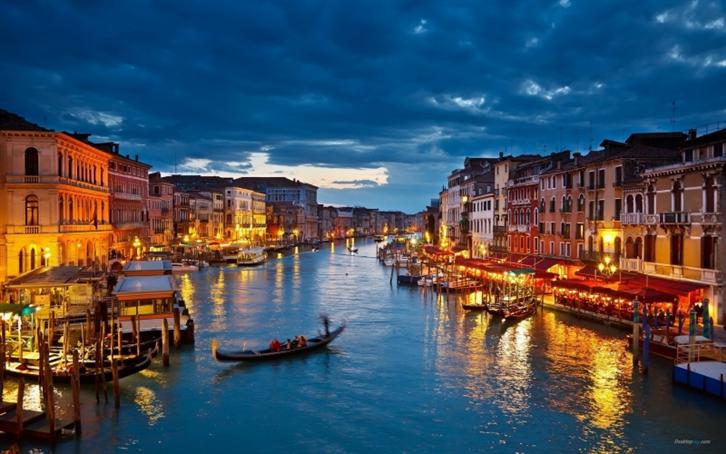
There are 117 canals and 118 islands linked by 401 bridges in Venice, Italy. This is the only city in the world that does not have cars for transportation. The gondolas in particular are especially meaningful, because of its significance in Italian culture. Each boat is painted in black with an assigned rower.
For the past few centuries, gondolas have been the main vehicle for Venice. However, the administration offices in Venice are trying to save the gondolas, which are on the verge of being replaced by public ferries.
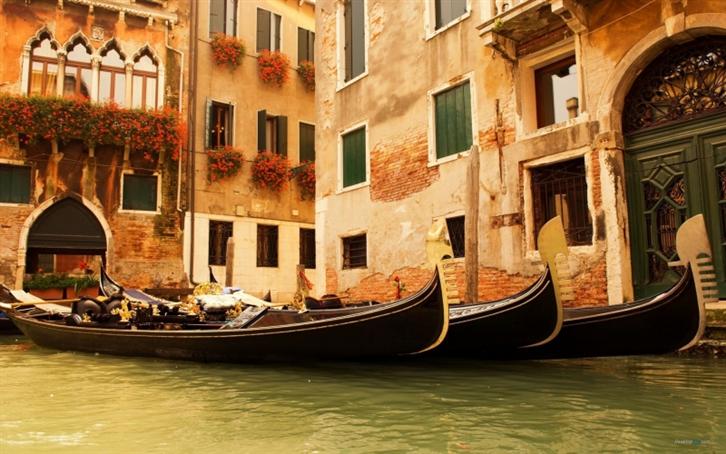
Culture is the inspiration for traveling. In turn, travelers share their stories and spread the culture to others. The officials established a rule directed to this problem, and secured the privileges of gondola rides, building their image of romantic and nostalgic past stories: Legends say that lovers will stay forever in love once they share a kiss riding on a gondola in the sunset. This beautiful story single-handedly saved gondolas as a tourist attraction. Millions of couples poured into Venice in the name of love.
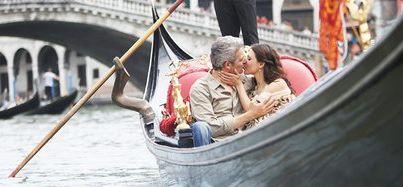
This innovative planning not only preserved one of the most famous cultures Venice stands for, it also contributed to pragmatic factors, such as the economy and tourist popularity!
Creating Concrete “New” with the Abstract “Old”
UK culture renovation of Frank Pick
Printed posters have been wildly used since the 1890s and dominated the commercial industry for quite some time. When the director of the UK underground office Frank Pick needed to come up with a way of promoting their transportation, he had faith that posters not only should promote an “idea”, but rather an “ideal”. Pick initiated collaborations with artists and designers in order to understand the needs. The publish posters reflected their everyday attitudes while promoting the underground, and how it stands for London. Looking back at these posters now, each and every one hits home. Microscopic views of the common people are represented through art – 5,000 of different designs in total. Some have been made into postcards, and all have become of the most iconic and memorable images for London underground takers.
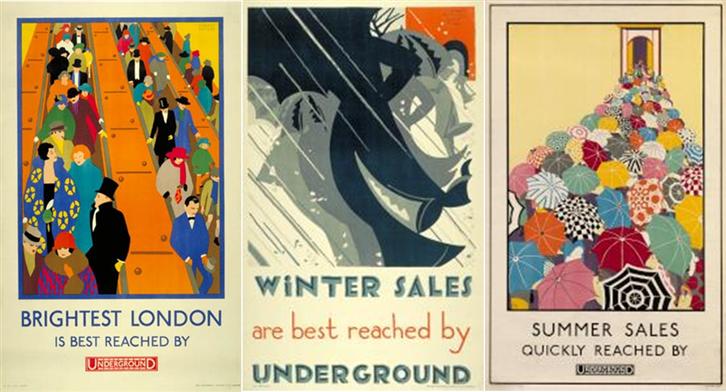
Besides making posters, Frank Pick also contributed in creating one of the most recognized logos related to London culture. The one we identify now was established during the time he was director. Pick invited designer Edward Johnston to set up a new image for the London underground, and reconstructed the carriages, architecture, benches and even the trash bins. All aspects were given a new look, presenting a new brand. Pick successfully established a dynamic brand image that the people in London could relate to. It reached out to its city and became an icon that everyone rooted for.
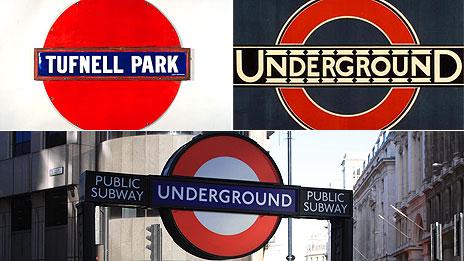
▲(upper left) Inspired by a 1906 London traffic sign; (below) In 1925, Edward Johnston re-designed this target, and it has been used since.
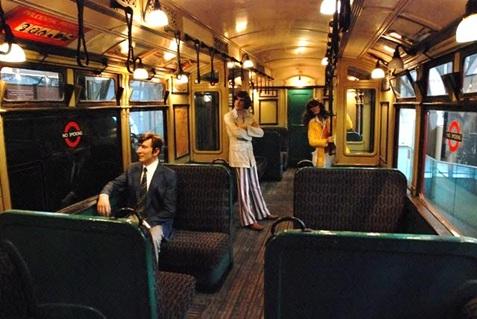
▲The interior: From the seat to the handle, each aspect has been designed to the smallest detail.
This was the first subway system in history. Starting in 1863, the Metropolitan Railway has become the heart of the Transport for London. Now, in January 2013, we have to admit that the double deckers, old steamers, underground railway tubes, and the rustic traffic signs at intersections, represent the image of urban London in a way that it culturally significant and historically priceless. The London underground is now more of a cultural symbol: the red circle with a blue dash, with the words “UNDERGROUND” slapped over it. This is now a tangible object channeling abstract culture.
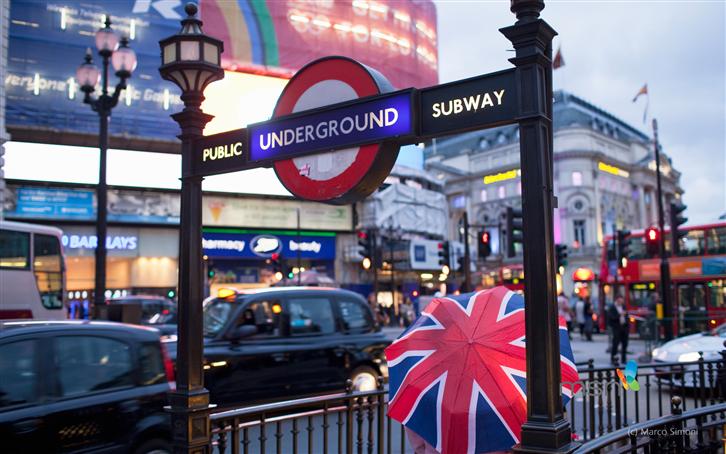
Chemistry between the Tangible and the Abstract
Assets are tangible, and culture is abstract. When the abstract is transformed into the tangible, it can be inherited not only through memory, but through preservation. The local residents also carry an important role as to “glorify” the culture they are proud of and make it sound on the international platform. It takes innovative elements to have this done in a truly unique and outstanding fashion. To sum up, culture and innovation are fundamentally inseparable. Yet, culture also shares a very delicate relationship with technology. How will the three fit together in our contemporary society, then? Stay tuned for G!Voice’s next feature article.
Reference:
http: //www. ltmcollection. org/posters/index. html
http: //tw. myblog. yahoo. com/anderson-travel/article? mid=5651
Source:
http: //mcchow901. mysinablog. com/index. php?op=ViewArticle&articleId=1640185
http: //bizhi. xue163. com
http: //www. bbc. co. uk/ukchina/trad/uk_life/2013/01/130109_tube150th. shtml
